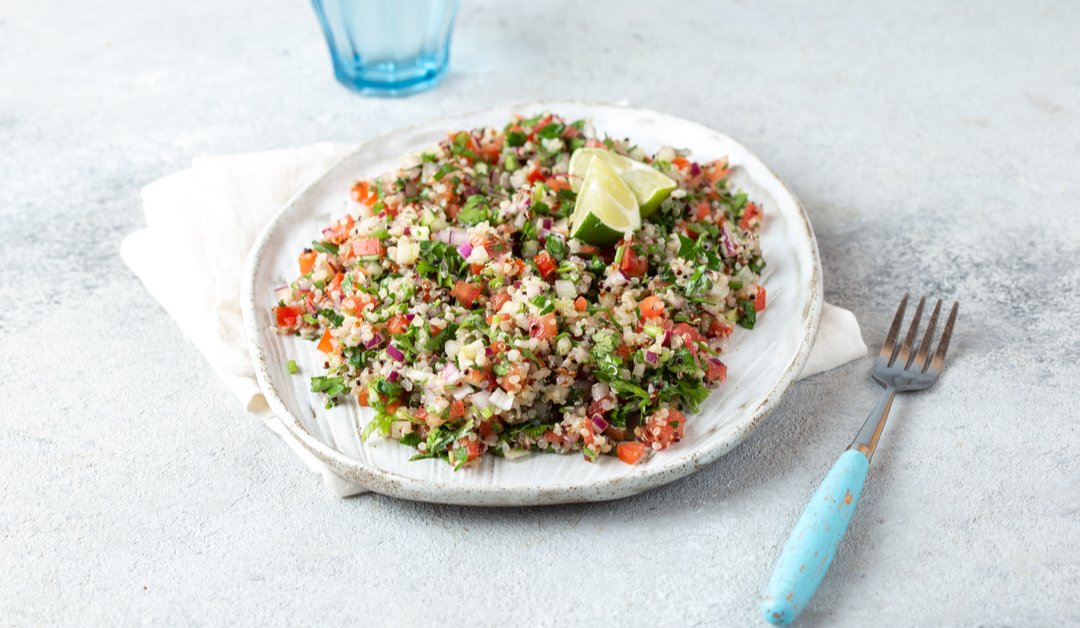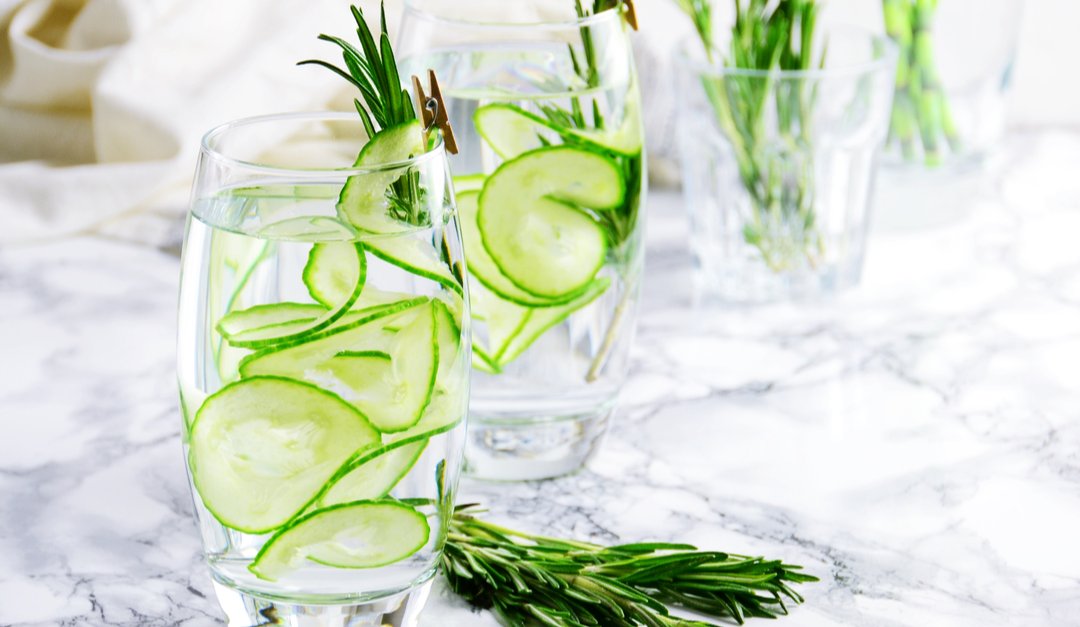
by Michaela Kennedy | Aug 5, 2014 | Vegan Main Meals
When we do one-day hikes, we often get hungry in the late afternoons. We like to have a meal that not only reminds us of real dinner but also gives us energy. At the same time, it has to be easy to carry and eat.
This dish is a perfect match. Serve in pita bread and you can have a healthy dinner ready in minutes.
Bulgur wheat is an excellent source of protein, low-fat and low in calories, perfect for an active person.
This recipe is a basic Tabbouleh, add your won favorites, we like
- Tomatoes
- Zucchini
- Mushrooms
- Leafy greens
- Herbs
- Lemon juice
You can substitute the bulgur wheat with quinoa, wild rice or even chickpeas.
[mpprecipe-recipe:40]
Photo Credit: Alpha

by Michaela Kennedy | Aug 4, 2014 | Food Guide

I do admit, one of my weak spots is to make a menu with a corresponding shopping list. I know it is the only sensible thing to do when I want a varied and healthy diet, not to mention save money. But every time I begin just to think about it, I procrastinate. The Internet is a great place to seek help. I found a 21-day Vegan kickstart menu with recipes and shopping lists.
Not only is it useful as a kickstart kit, but also a fine program to get back to, if you fall out of your good habits. Which I tend to do after returning from a great holiday.
Each day during the Kickstart, we provide recipes and suggestions for every meal. Don’t let this overwhelm you. We want you to know there are tons of options, but you get to pick and choose how many recipes you make each day or week—and how much of each recipe you make. For those of you cooking for four to six people, the serving size of the provided recipes will be spot-on. But if you are cooking for just yourself or one other person, you may consider cutting the recipe in half or making the full amount and freezing it. We recommend trying to cook a big batch and eating off of it for a few days. This will save you time and keep you eating healthy meals. And for those of you cooking for one, check out the book.
Get the 21-day Vegan Kickstart Menu and Shopping lists at pcrm.org
Photo credit: Bruce Turner
If you, as I, want an old fashion paper book, where you can make your notes and look at photos, then I recommend “The Daily Vegan Planner: Twelve Weeks to a Complete Vegan Diet Transition“. There is also a Kindle version, yet, isn't easy to use. Books with recipes, diagrams, charts, and workbooks can not simply be copied from the print version to the electronic version. With this book, the daily meal plan and the recipes span multiple pages, no matter how I adjust the font and the charts cannot be filled out. So the paperback is what I recommend.

by Michaela Kennedy | Jul 31, 2014 | Recipes
It is so good for you, full of fibre and beta-carotene, but it seems sooo uninteresting.
and beta-carotene, but it seems sooo uninteresting.
The taste is nice but you can't just toss it in everything and hope for the best, can you?
Well, the answer is that you almost can!
I was searching for new ideas on how to use it. And hopefully in a kid-friendly too, and stumbled on this pot of gold: None less than 30 ways to sneak the green little leaf in your food.
All the way from Avocado,Kiwi, Spinach smoothie, to spinach, lentil, ragout.
Just be aware that the recipes are vegetarian and not vegan (most are though) so be sure to use a vegan alternative to cheese and pasta among other things, or just get inspired to use it in the dishes you already make, like I did.
Just follow the link to get to the recipes: http://www.vegkitchen.com/tips/healthy-and-delicious-spinach-recipes/

by Michaela Kennedy | Jul 21, 2014 | Smoothies & Drinks
Cool as a Cucumber – this drink is great for hot afternoons and evening. Cucumbers is a great source of Vitamin B and are 95% water, keeping the body hydrated while helping the body eliminate toxins. Cucumbers have most of the vitamins the body needs in a single day.
Cucumbers are a good source of potassium. Drinking cucumber water helps your body get more potassium, potentially helping to lower your blood pressure.
Cucumbers are high in vitamin K. In fact, one cup of sliced cucumbers has about 19 percent of the recommended daily value. Your body needs vitamin K to help form proteins that are needed to make healthy bones and tissues as well as to help your blood clot properly. What better way to get this vitamin than through refreshing cucumber water?
[mpprecipe-recipe:25]

by Michaela Kennedy | Jul 17, 2014 | Vegan Main Meals
We have just had a week with loads of rain showers and today the sun was shining & it means that the forest is full of mushroom and berries. So we packed the backpack with coffee and smorgas! – we are from Scandinavia – after all 🙂 Put on our hiking gear and off we went as merry dwarfs to the forest.
On our way to the forest we did see wild strawberries and blueberries, tasted just a few, we wanted to go further away from the road before starting to have a feast in wild berries.
In the forest we were not disappointed; wild strawberries in abundance and loads of blueberries – we had to walk another hour's time before we saw the first mushrooms “chanterelles” and picked two big handful each, enough for two generous servings of Chanterelles Stew.
We always use the same recipe, the season is fairly short, so we just make our favorite. The original recipe calls for butter and full fat cream but it is easy to replace with vegan ingredients as we have done for years by now. We serve with rye bread again we are from Scandinavia, so a natural choice. You can use the bread of your preference, only thing is don't use a sour bread with a too sourish taste, it ruins the mild taste of the musrooms.
[mpprecipe-recipe:21]
Photo credit: the top photo “Chanterelle Cantharellus cibarius“. Licensed under CC BY-SA 3.0 via Wikimedia Commons.
Photo within recipe by Susanne Flø







